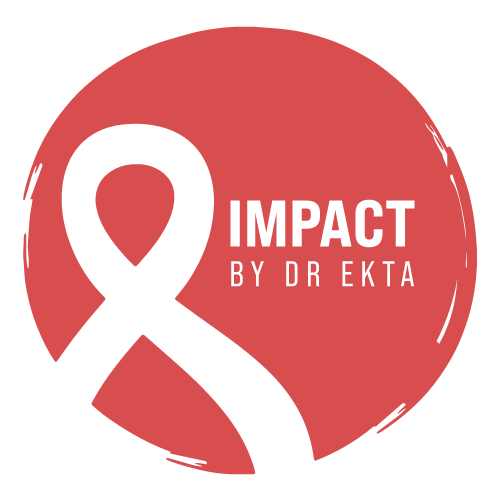Hello, I’m Dr. Ekta Vala, and I’m excited to delve deeper into the world of mammography. Let’s explore this essential screening tool with a closer look at what is it all about.
When should you get a mammogram?
The recommended age to start mammograms varies slightly depending on the guidelines you follow. However, most health organizations suggest starting regular mammograms at age 40. From there, it’s typically advised to have one every one to two years. If you have a family history of breast cancer or other risk factors, your doctor may recommend starting mammograms earlier or having them more frequently. It’s crucial to discuss your individual situation with your healthcare provider to determine the best screening schedule for you.
Why is mammography important?
The significance of mammography cannot be overstated. It’s our frontline defense against breast cancer. By detecting abnormalities in breast tissue early, mammograms can lead to earlier diagnosis and treatment, potentially saving lives. Breast cancer caught in its early stages is often more treatable and has a better prognosis. It empowers us to take proactive steps towards our breast health and overall well-being.
What exactly is mammography?
Mammography is a specialized imaging technique specifically designed to examine breast tissue. It involves taking X-ray images of the breasts to detect any signs of abnormalities, such as tumors, cysts, or calcifications. These abnormalities may indicate the presence of breast cancer or other breast conditions. During the procedure, the breast is gently compressed between two plates to spread out the tissue and obtain clear images. While it may feel slightly uncomfortable, this compression is necessary to ensure the highest quality images and accurate results.
How does mammography work?
The process of getting a mammogram typically begins with you undressing from the waist up and putting on a gown. You’ll then stand in front of the mammography machine as the technician positions your breast between two plates. The breast is compressed for a few seconds while X-ray images are taken from different angles. It’s essential to remain still during this process to prevent blurring of the images. Once the images are captured, they are interpreted by a radiologist who looks for any abnormalities or areas of concern. The entire procedure usually takes less than 30 minutes, and you can resume your normal activities immediately afterward.
Benefits of Mammography
It offers numerous benefits in the fight against breast cancer. Firstly, it is highly effective at detecting breast cancer in its early stages when it’s most treatable. Studies have shown that regular mammograms can reduce the risk of dying from breast cancer by up to 40%. Early detection also means less aggressive treatment options and better outcomes for patients. Additionally, it can detect other breast abnormalities such as cysts or benign tumors, providing valuable information for further evaluation and management.
Risks and Limitations
While mammography is an invaluable tool for breast cancer screening, it’s essential to be aware of its limitations and potential risks. One limitation is that mammograms can sometimes produce false-positive or false-negative results. A false-positive result occurs when a mammogram indicates an abnormality that is not actually cancer, leading to unnecessary anxiety and further testing. Conversely, a false-negative result occurs when a mammogram fails to detect breast cancer that is actually present. This underscores the importance of combining mammography with other screening methods and staying vigilant about breast health.
Conclusion
In conclusion, mammography plays a crucial role in the early detection and prevention of breast cancer. By undergoing regular screenings and staying proactive about our breast health, we can detect breast cancer early and improve our chances of successful treatment. Remember to discuss mammography with your healthcare provider and follow their recommendations for screening frequency and timing. Your breasts deserve the best care possible, and mammography is a vital part of that care. Let’s continue to raise awareness, advocate for screening, and empower women to take charge of their breast health.
And here’s some great news! At our clinic, we understand the importance of making mammography accessible to everyone. That’s why we’re offering a discounted price of only Rs 1100 for 3D mammography, while others may charge Rs 2000-3000. Your health should never be compromised by financial constraints, and we’re committed to providing affordable, high-quality care to all our patients.
This comprehensive guide aims to provide you with a thorough understanding of mammography and its importance in maintaining breast health. If you have any further questions or concerns about mammography or breast cancer screening, don’t hesitate to reach out to your healthcare provider. Your health and well-being are worth prioritizing, and mammography is a valuable tool in safeguarding them.

